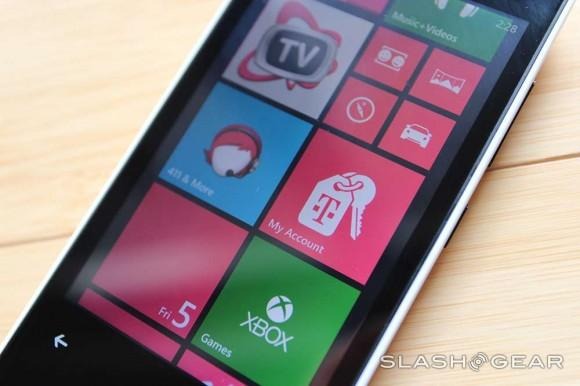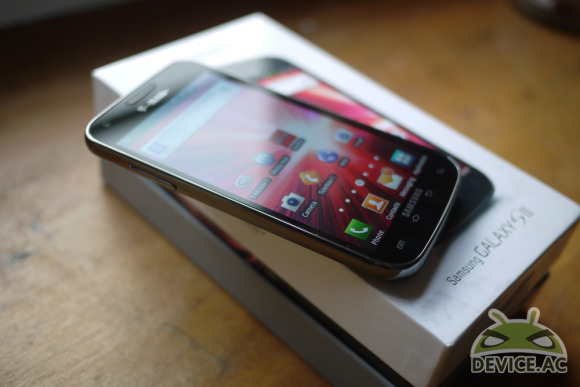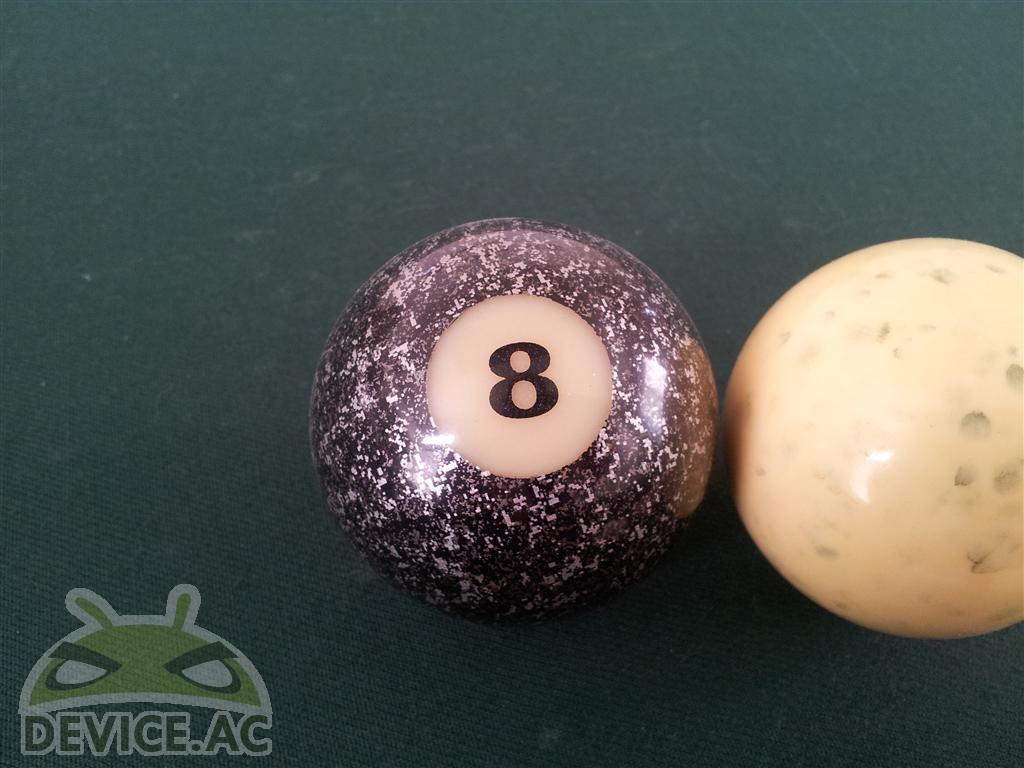Nokia Lumia 521 Vs Samsung Galaxy S II: Budget Boxing
Thought Samsung has long since moved on from the second-generation Galaxy and tech news in general forgets about essentially any phone (even the Lumia 520) almost without fail once they've been out for a short period of time, there's a battle going on at T-Mobile between these two machines. Both the Nokia Lumia 521 (as it's called when you see it working with T-Mobile) and the Samsung Galaxy S II are currently tagged "Top Seller" on the carrier's stock listings, this honor only otherwise given to the HTC One and iPhone 5 at this very moment. What makes this set of devices so special?
Display
The Samsung Galaxy S II works with a 4.3-inch display with 480 x 800 pixel resolution – that's 218 PPI, and rather nice back when it was first released in 2011. This display is larger physically than the panel on the Nokia device, but because both machines have the same amount of pixels, the Lumia is just a bit sharper. The Nokia Lumia 521 comes in with a 4-inch display with 480 x 800 pixels across it, this bringing it up to an ever-so-slightly sharper 235 PPI.

The Samsung Galaxy S II works with a Super AMOLED Plus display while the Nokia Lumia 521 works with IPS LCD technology. You'll have to decide for yourself up-close and personal which you feel does a better job of being bright while delivering high-quality color.

Before you go any further, remember to have a peek at our original Nokia Lumia 521 review as well as the T-Mobile Samsung Galaxy S II review from back in October of 2011 on Android Community.
Operating System
The Samsung Galaxy S II received a software update back in April of 2012 which brought it up to Android 4.1.2 Jelly Bean. This is nearly the newest version of Android on the market today, affording you a collection of abilities not available in the original market release of the smartphone. You can learn all about Android 4.1 Jelly Bean in our original Android 4.1 Jelly Bean Review. That includes Google Now, and increase in smoothness with Google's boost in Project Butter, and a new set of Widget abilities.

Samsung also continues to expand its collection of manufacturer-based wireless connectivity options for their Galaxy line of smartphones. Unfortunately not a whole lot of them appear on this device as the company has moved on with the Samsung Galaxy S III then the Samsung Galaxy S 4 after that. You'll still have access to the basics.

Meanwhile the Nokia Lumia 521 is a much newer device, this meaning you'll have support from Nokia for software updates for a whole lot longer than the now-relatively-old Samsung Galaxy S II. You're running Windows Phone 8, the very newest in Microsoft-made smartphone operating systems, and will have a collection of Nokia-specific apps inside as well. These include such titles as Nokia Music, HERE Maps, HERE Drive, and HERE Transit.
Camera
While the Samsung Galaxy S II works with an 8 megapixel camera with an LED flash and an F2.6 aperture, the Nokia Lumia 521 opts for a 5 megapixel camera with no flash and an F2.4 aperture. You'll have to judge for yourself which of the two is better at doings its job since – as we've discovered and proven time and time again over the last year especially – it's not the megapixels that make the quality photo: they only dictate how large a photo you can take.

While the Nokia Lumia 521's camera can output a photo 1280 x 720 pixels in size and the Samsung Galaxy S II can deliver photos at 1920 x 1080, the end quality of the photos you take depends on a whole lot more. Have a peek at examples from both devices here:
Photos from the Nokia Lumia 521
Photos from the Samsung Galaxy S II
What's better when, in the end, the product is reprocessed and sized down to a standard web-friendly format anyway?
Verdict
Both devices have removable back covers, both have the ability to replace removable batteries, and both devices will make and take phone calls like a champ. The Nokia Lumia 521 will cost you $144 full retail or $6 a month for 24 months. The Samsung Galaxy S II will cost you $408 full retail or $17 a month for 24 months. That cash spread out over 24 months really seems to even the playing field, doesn't it?
From our perspective, it really depends on which experience you're going for with this battle. Both devices can browse the web just fine, both take relatively decent photos and video, and each is able to connect to the web just as well as the other. Your biggest decision point may be choosing with operating system you enjoy the most – or which color you want your smartphone to be. If you do end up getting one or the other of these two devices let us know what you decide!








